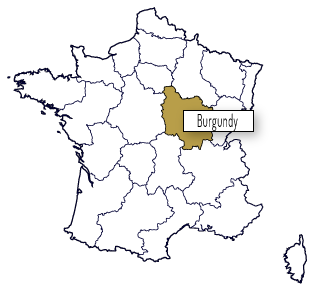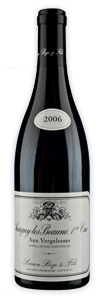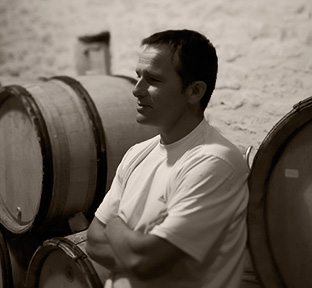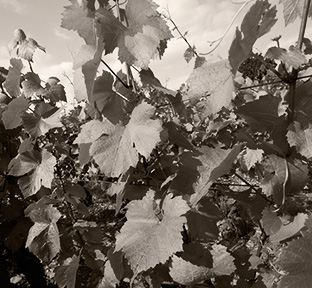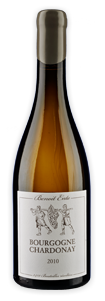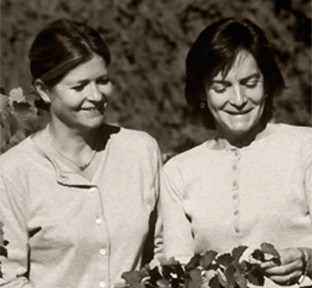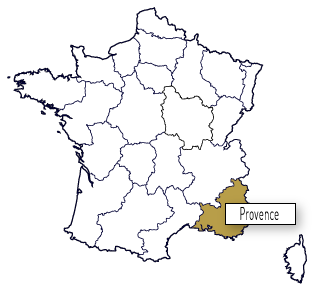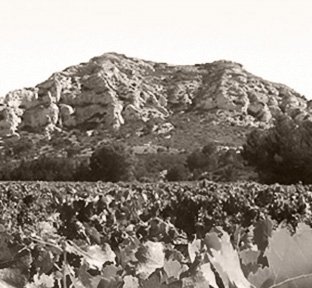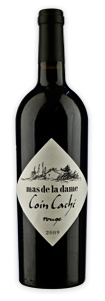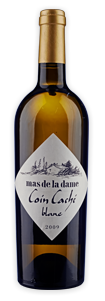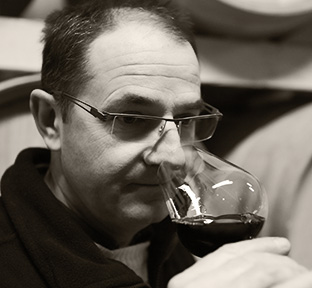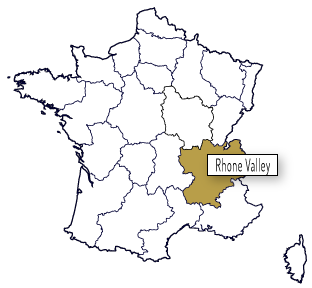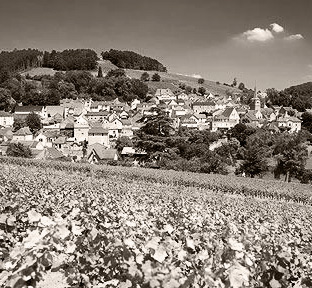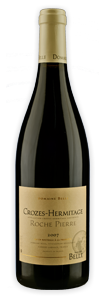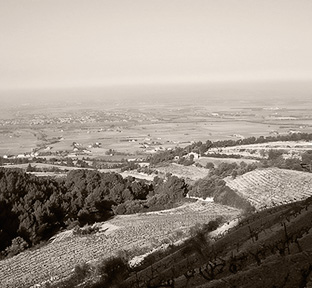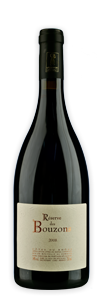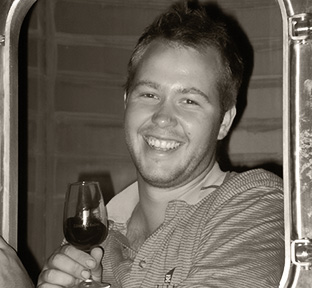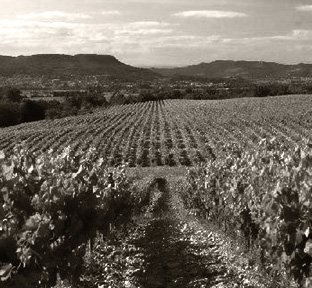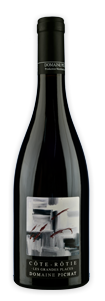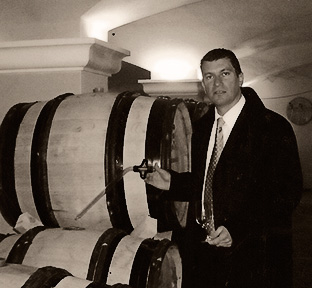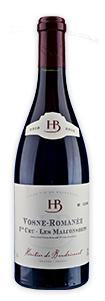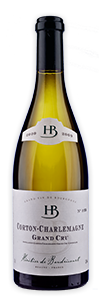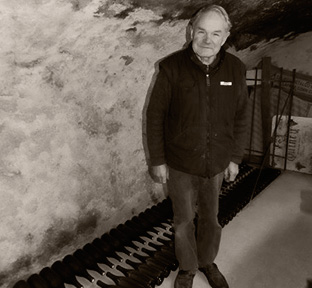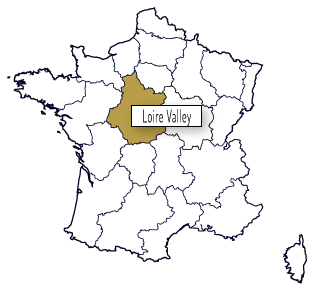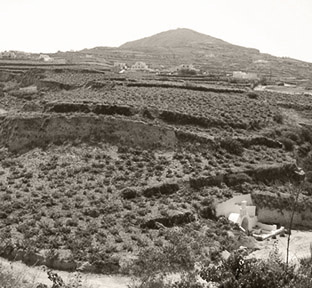The wines of Heritier de Baudricourt are sold exclusively by Vin & Saveur in the UK
They are made from wines carefully selected by Philippe Tartier in various estates.
Vinification of Red
Grapes are harvested by hand into 30kg harvesting crates which are taken to the winery as quickly as possible, so as to avoid any warming up, rain or stones, leaves, green grapes (verjus) … According to the vintage, 85 to 100% is destalked so as to avoid excessive bitterness due to stalk tannins. Maceration during fermentation then lasts 15 to 20 days in conical oak vats which contain radiators for temperature control. This allows one to master fermentation temperatures directly, optimizing extraction of aromas and colour. Finally, gentle pressing brings out all the nobility and elegance of the wine.
Maturation
The wine is cellared in oak barrels for 17 months, according to vintage requirements, with 50 to 80% new casks and a choice of wood of different origins from the forests of Troncais, Nevers, Vosges, Burgundy. Maturation in new casks brings perfumes and tannins from the oak and also, via the porosity of the wood, controlled oxidization permitting good maturation of the wine. During maturation, the wine is «batonned» (stirring up of fine lees to put them in suspension), bringing fullness and roundness. It is then racked prior to bottling which takes place without fining and only a light filtration so as to keep the natural richness of the appellation.
Vinification of White
The grapes are hand picked then taken in harvesting cases to the winery as quickly as possible, so as to avoid heat, rain, bruising of the grapes or oxidisation. If necessary, the harvest is sorted eliminating all undesirable objects (leaves, unripe or later generation bunches, etc… ). Gentle and selective pressing of whole bunches, using a pneumatic press and selection of the juices obtained, followed by strict static sedimentation (debourbage), where only gross impurities are removed, helps the extraction of the natural riches of grapes and terroir while preserving purity. The must is then put into oak casks the origin (Troncais, Allier, Vosges) and the age (25 to 75% new wood) of which are adjusted to the needs of vintage and growth. Alcoholic fermentation takes place at cellar temperature via natural yeast from the terroir, lasting several weeks.
Maturation
The wine is matured traditionaly for 12 to 15 months without any racking (no change of cask). It is during this period that it gently gains in structure and complexity with the help of periodic ”batonnage” (stirring-up of lees), malolactic fermentation (natural degradation of the acids) and the exchanges with the barrels (olfactive and oxido-reductive exchanges). Light filtration before bottling completes maturation without damaging the harmony and natural ageing potential previously acquired.



